Let’s make a drawing without Crayons or Markers!
Instead, we will use plants. Plants have different chemicals or pigments in the that give the
their colors. If you crush them, you can release the pigments and use them as crayons or
paints.
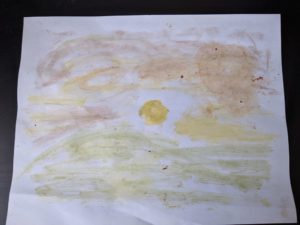
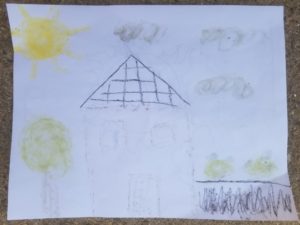 The easiest way to release those pigments is to crush a petal or leaf against a piece of paper. Watch how Ms. Pat makes a simple drawing using plants:
The easiest way to release those pigments is to crush a petal or leaf against a piece of paper. Watch how Ms. Pat makes a simple drawing using plants:
[youtube_wrap height=’300′ width=’600′ align=’left’ src=’https://www.youtube.com/embed/UX09jex5o1s’]
Once you’ve seen how Ms. Pat makes her drawing make your own using natural pigments! Be sure to ask an adult before picking any plants.
[clear_wrap]
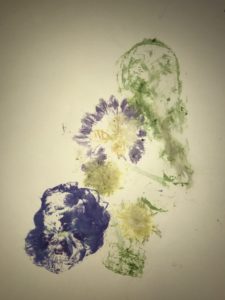
Flower Pounding
Another way to release the color from a plant is by pounding them. Watch how Ms. Pat uses a hammer to make impressions of leaves and flowers.
Be sure to wear your safety goggles and hammer on a safe surface. Get help from an adult to do this one.
What are Pigments?
Plants have different pigments, or colors inside. The one you might know best is Chlorophyll.
Most leaves contain lots of chlorophyll. What color do you think it might be? What color are Carotenoids? How about Tannins?
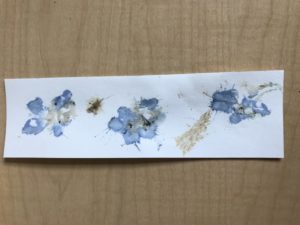
Here’s a tricky one, but you might know it if you ever changed the ink in your printer: Anthocyanins. Cyan is blue, but anthocyanins can be red or even purple.
As you’ve seen from making the art, pigments are released when you smash plants. Did all the colors come out like you’d expected? Many times pigments look different on white paper than when they did inside the leaves and petals of the plants!
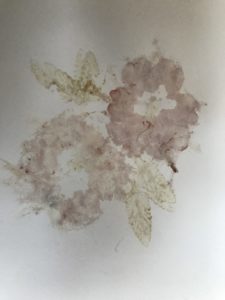
This is even more apparent when you cook plants to make dyes. Humans have been using plants and other natural materials for thousands of years to make dyes. You can try this at home with adult supervision by dying white eggs with plant materials. We’ve used yellow onion skins, red cabbage, beets, and many more things in the past to dye eggs.
To make the eggs shown here Ms. Pat wrapped the eggs in the onion skins. To keep the onion skins in place you can then cover the egg with a mesh bag, or set of pantyhose. She then submerged the eggs and onion skins in cold water, added a splash of vinegar and then brought it to boil (in a heat safe pot) for about 12 minutes.
You can do this with many natural materials, experiment and see what colors you can make from natural pigments!

